Estimated reading time: 9 minutes
Plums are one of the most versatile and delicious fruits. If you’re a beginner to fruit growing, a plum tree is a great choice, as they’re super easy to grow.
Plum trees are often a bit looked down on, and don’t get the attention they deserve. Maybe it’s because they’re so easy to grow.
Today, we’re celebrating the plum tree, and looking at some of the varieties you might like to add to your garden.
Which plum tree will suit you best?
There are hundreds of different varieties of plum. While they have a lot in common, they are so different to each other that most gardens deserve a number of plum trees of different types.
This will spread your harvest and give you access to home grown fresh fruit for longer. It will also give you more variety in your diet and more scope to preserve and cook them in different ways.

Native Australian plums
There are two main types of plum trees you may be familiar with – European-type plums and Japanese-type plums.
But have you heard of any native Australian plums, like the Davidson Plum? Their native name is Ooray, and they are a great tree to consider for your garden if you live in the right climate.

Oorays are not very well known or often planted in Australian gardens. This is typical of the way we’ve learned how to grow food in Australia. Our colonial past means that many of our delicious and nutritious native foods are under valued.

European-type plums
European plums are the more familiar and “old fashioned” looking plums that were common in early Australian gardens. Prune d’Agen plums (above) are a common teardrop European shape.
But the Greengage and President plums (below) are also European-type plums. While Greengage are more rounded, Presidents have the classic “egg” shape that many people associate with the most common European-type plums.

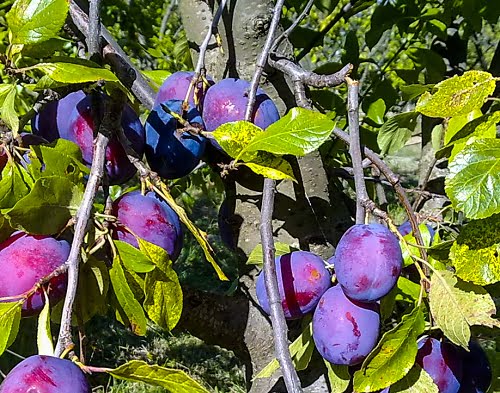
There are dozens of European plums, including lots of others in the ‘gage’ and ‘prune’ families. They include plums like:
- Coe’s Golden Drop
- Purple Gage
- Mirabelle
- Damson
- King Billy
- Victoria
European-type plums typically have a dusty ‘bloom’ on the skin. This is nothing to worry about. It’s just the naturally occurring microbiome that includes bacteria, yeasts, and fungi.
In fact, the bloom on the skin is one of the reasons that plums naturally ferment so well. This is why they’re used around the world to make hundreds of local types of plum wine or liqueur.
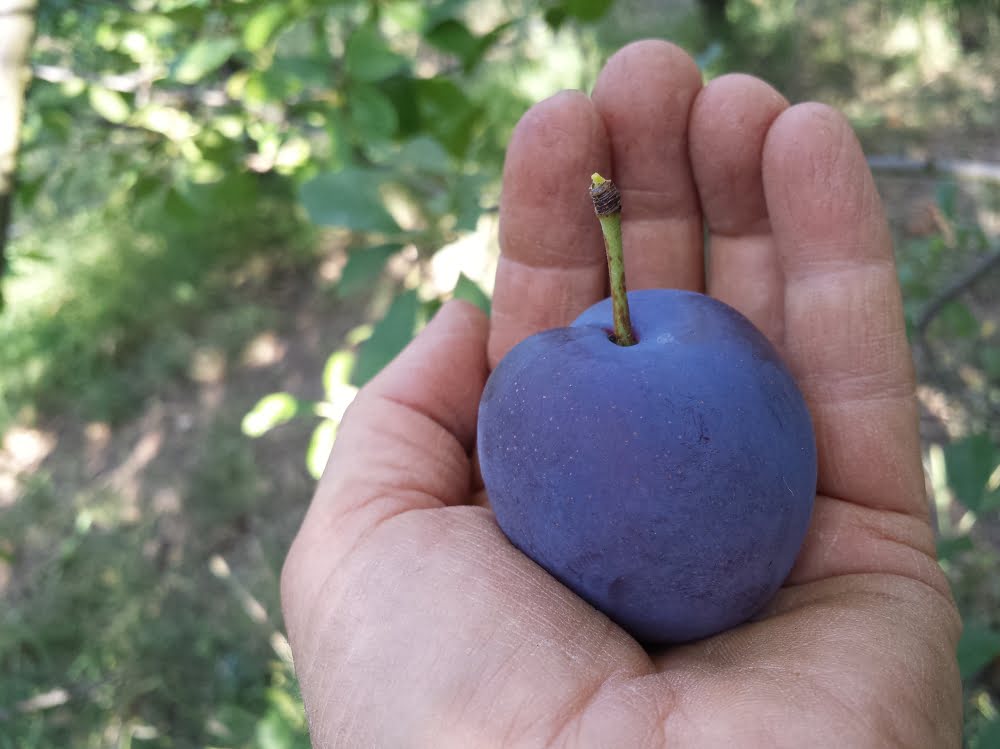
Another well known European plum favourite is the Angelina (above). This plum never gets very large but is prized for being very sweet. It’s the classic plum used in many Eastern European countries to make plum dumplings.
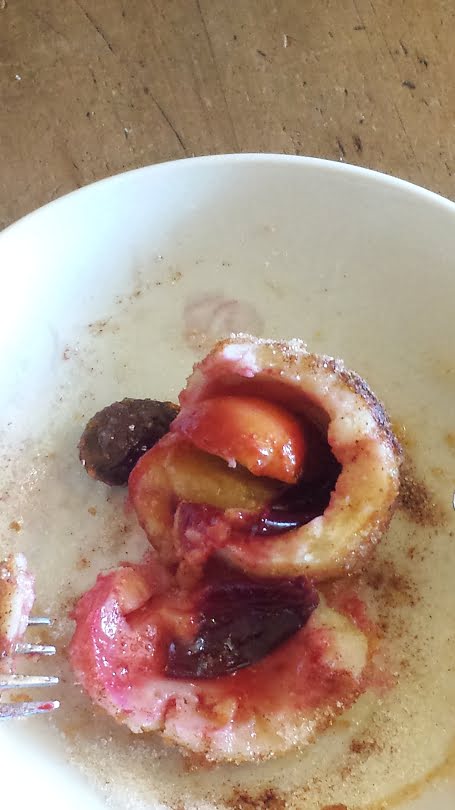
Japanese-type plum trees
Most blood plums, of which there are dozens of different ones, are in the Japanese-type plum category.
Mariposa is one of our favourites because it’s a very regular cropper, grows to a good size, and is very sweet and juicy.
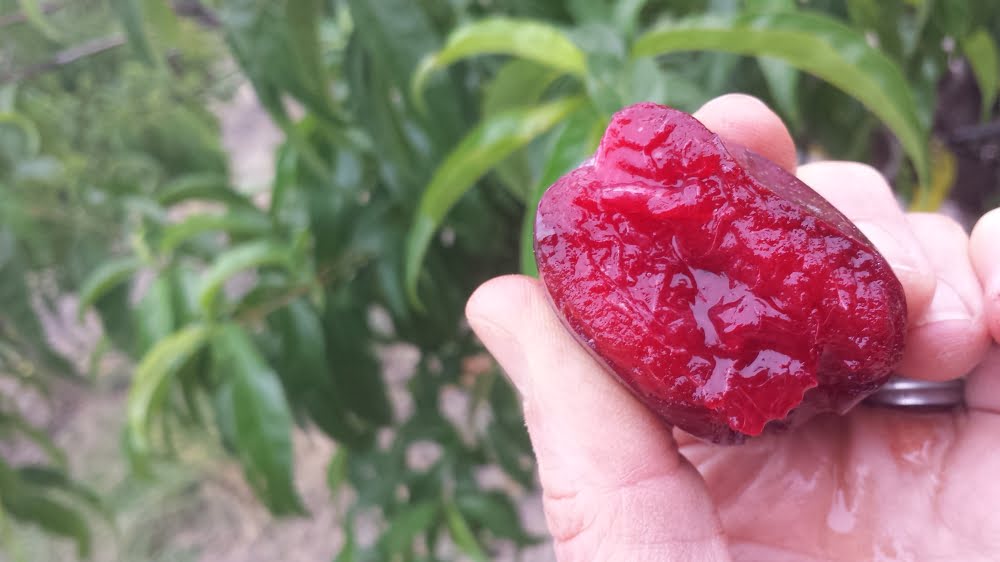
The more old-fashioned Satsuma blood plum is far more prized than the Mariposa.
These lovely heritage plums are best known for their dense and almost ‘meaty’ flesh and their dark red juice (whereas the Mariposa has clear juice with pink flecks).
Satsuma plum trees were a common feature of many early gardens. They have the wonderful characteristic of having a good crop most years whether they’re thinned or not. However, they can sometimes fall back into the ‘biennial bearing’ pattern common to most fruit trees and start having a year off. Unless they’re thinned hard, they do tend to be one of the smaller plums.
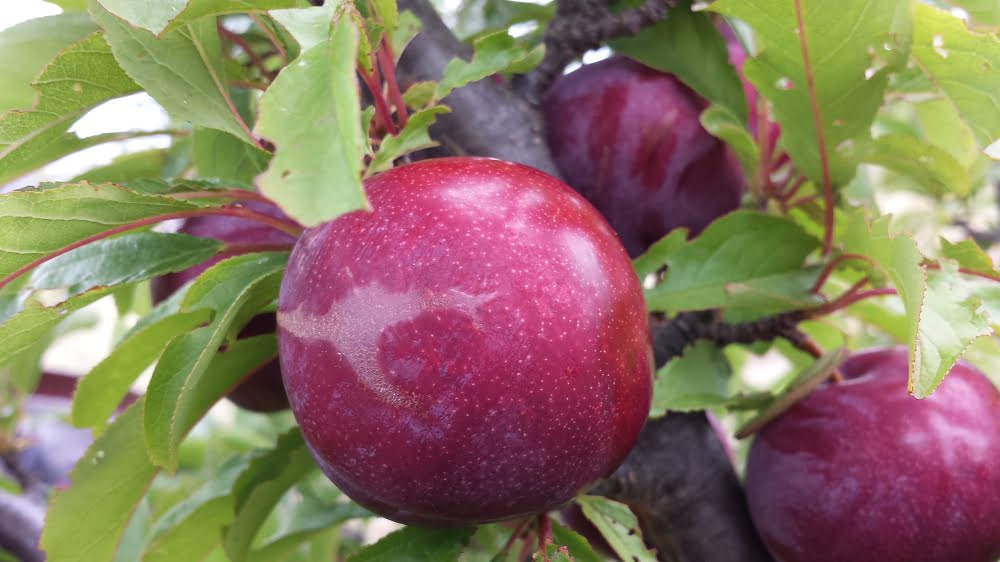
There are also lots of different yellow fleshed Japanese-type plums like these lovely Amber Jewel (below).
Amber Jewel is a favourite because they become sweet quite early in the season but continue to hang well and sweeten for several more weeks. One of the stranger things about these plums is that the tip of the stone often breaks off within the fruit. This creates a small ‘floating’ bit of stone that forms an unexpected tooth-crunching trap for the eater.

Other Japanese-type plums
This is a huge category and probably includes hundreds of different varieties if you tracked them all down. We’ll stick with some of our favourites, and the ones that are easier to actually find in Australian nurseries.
- Angelino (as opposed to the European Angelina)
- Black Amber
- Donsworth blood plum
- Elephant Heart has a pale red flesh
- Narrabeen
- Queen Rosa
- Ruby Blood
- Santa Rosa
- Tegan Blue
How to look after your plum tree
Plums are rare in the fruit world in that they don’t have any particular pests or diseases that target them every season. However, they can fall prey to aphids or brown rot if the conditions are right (or wrong!).
Despite their relative hardiness, your plum tree still needs the right care. You’ll find the full list of jobs here and the summary here:
- Most plum trees need to be thinned most years. Otherwise, they can become biennial bearing. Also, branches may break from excessive weight if you don’t remove some of the fruit.
- Trees need pruning every year. However, once your trees are established in a good shape, you may be able to get away with pruning them every second year if they are calm and fruitful.
- It’s important to tree-ripen plums to get the best flavour. They will continue to ripen a bit off the tree but the flavour is never quite as good as tree-ripened.
- As long as they are not over-ripe when picked, and stored at cool temperatures, plums should last in good condition for a few weeks after picking. If you want them to last longer pick them slightly greener.
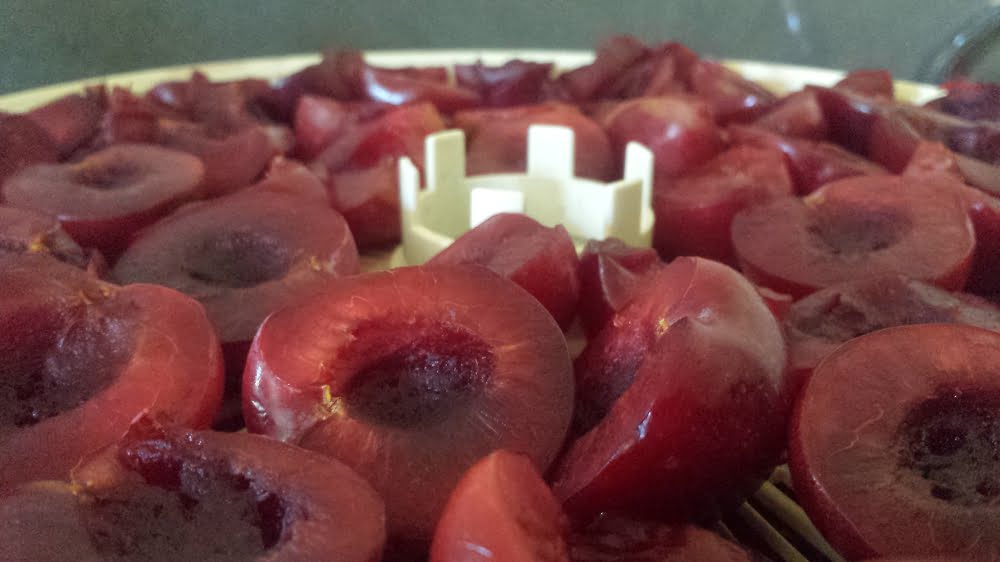
Cooking with plums
Another reason to include a plum tree in your garden is that they are very versatile in the kitchen.
Plums lend themselves to preserving in a huge number of ways. Jam, chutney, preserving in alcohol, bottling, and drying are just the beginning. They also make the most wonderful array of desserts.
You can also use plums as a filler, for example, to make more exotic fruits like berries go further. One of our favourite desserts is this absolutely delicious plum and raspberry pie. The recipe is included in the Precious Plums short course.
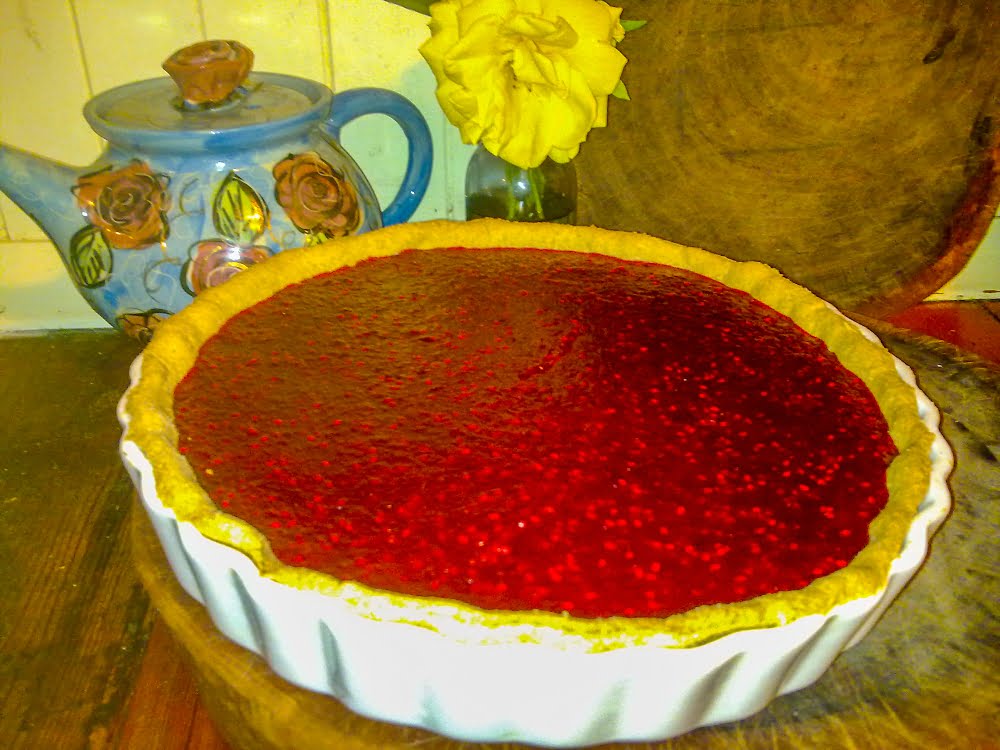
Related Articles
How to prune your apple tree
Pruning apple trees takes a little more specialist knowledge than other fruit types, but your trees will reward you with ample crops.
Warming winter cakes with home-grown fruit
Bake delicious warming winter cakes from the fruit you’ve grown on the fruit trees in your own garden for extra satisfaction.
How to grow your own multigraft or fruit salad tree
Multigraft trees are a no-brainer for many gardens, as they reduce risk and provide a bigger variety of fruit, without taking up more space.

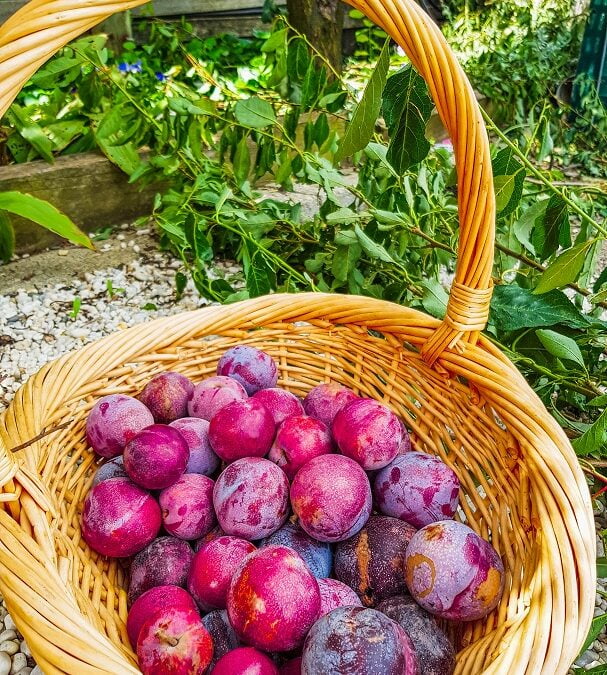

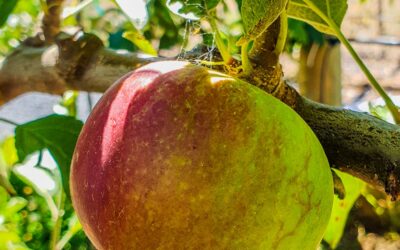
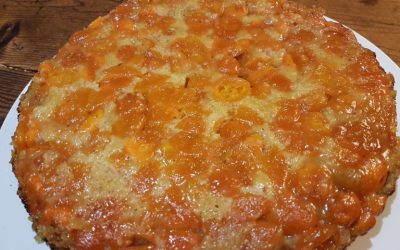
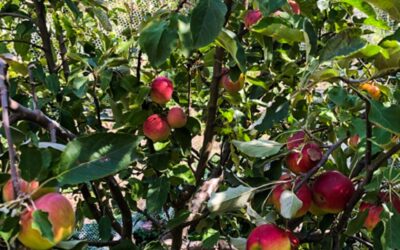


I’ve always had plums. Love satsuma, my first one used to supply so much fruit I used to say I could feed my whole small town from it. My kids and there friends all loved it. Unfortunately I didnt know about thinning when I was young and the damage from all the broken branches eventually took its toll. It still served me for 35 years. Of course I’ve planted new ones at home and at my grandsons place. But my favorite plum is greenguage and from your advice I took out a tree that was huge and this year put in its place a prune,greenguage and coes golden drop. Cant wait till they have fruit. Love all your tips and information. Thankyou.
What a beautiful fruit tree memory Anne. Glad you’re enjoying the tips and your thriving garden!
I too am a big fan of the humble plum & just like Anne I had a Satsuma that was a trooper for over 2 decades, bulging with fruit year after year until my lack of care saw it’s sad demise. We relocated from the Dandenong ranges to Mansfield and of course planted new plums, a damson, a Satsuma & a Santarosa. The latter was the first to present each spring with tightly curled leaves which promptly filled with aphids, a few seasons in and this has spread to the others. I have noticed many plums in the area suffer the same plight. I sprayed them with copper at budswell, & have tried pyrethrum & white oil when things looked really bad but can’t seem to break the cycle. Ironically it’s a great location for peach & apricot but not plums.
Hi Sue, yes plums can be prone to aphids for sure – in fact it’s the aphids that cause the curled leaves, not the other way around. It’s stressful to see them spread, but they can be beaten! Unfortunately spraying the pyrethrum may be partly responsible for spreading and perpetuating the problem, because even though it’s “natural”, it’s a broad spectrum insecticide that kills predator insects as well as the problem insect. Have a look at our organic pest control short course for some other ideas: https://growgreatfruit.com/product/protect-fruit-from-pesky-pests/. Good luck, and don’t give up!
Hi Katie, I know this has nothing to do with plums but I was here looking for information about plum varieties and noticed that I might have the same issue that Sue has with aphids (and the curling leaves) on my Tahitian Lime tree – it has curled leaves, among other issues. What do you think? It’s a fruit salad tree and worried the problem will be passed onto the other fruiting varieties growing with it. I sprayed (I believe to be an organic pest control spray – but who knows!?) but was careful not to spray the other branches, so who knows whether the problem will spread. In any case, thanks for your link on organic pest control. I will look at it for my other fruit tree problems.
Hi Olivia, what are the other issues, along with the curled leaves, that you’re worried about? You might find our blog about managing aphids helpful in deciding what to do next :). Best wishes, Meg – GGF team.
I have had someone tell me the dump a bag of cow manure every season before bud swell and they have never had leaf curl occur. Something to try perhaps?
An interesting idea Nelly! I wonder what that might be doing. Always interesting to hear peoples DIY solutions! Meg, GGF team.
Great info and tips! If you want to know about some amazing plum I do found a great application on google play sorting all kind of plants with their benefits it’s called Herbs Encyclopedia.
You can read about plum here https://herbs.page.link/nKpS
Great tip, thanks Welie
We grew up eating cherry plums – are these trees still grown?
Hey Heather, so did we! Cherry plums basically are just the fruit that grows on plum rootstocks. Sometimes the trees are grown for their flowers or foliage, but not usually for the fruit. It can be very variable, and while sometimes a tree will produce great fruit, sometimes it’s not so good!
Suddenly have no plum tree for the first time in years – if not ever. This is serious!
My favourite is Angelina, guess I’ll have to wait until next year to put another one in…
Hey Judy! Sorry to hear about the lack of plum tree, that’s a tragic situation. Yes, it’s best to wait until winter to plant the replacement. All the best, x
Just found out I have a European plum tree with a lot of fruit in my back yard . I tried the fruit but it’s very sour is that normal. Also what is the best use of the fruit.
Hi Toby, it’s normal for the fruit to be sour until it’s ripe, so be patient and see what the fruit is like when it’s ripe. There are dozens of different varieties, but it’s much easier to have a go at identifying them when the fruit is ripe. Then you can start experimenting with how you’d like to use it – see if it tastes nice as fresh fruit, try drying it, and test out whether it makes a good jam. If it’s not good for any of those uses, you might want to think about grafting the tree to a better variety.
Hello I have a very old & very large plum – it is losing branches because of the weight of the fruit. Can you recommend a good fruit tree pruner? It’s too big a job for me. Thank you judy
Hi Judy, it sounds like your plum tree needs (or needed) thinning as well, that’s one of the other main strategies for preventing branches breaking, as well as pruning. Sorry, we don’t have any pruners that we recommend, but we can teach you how to prune!
Hello Katie,
When you say, ‘every garden needs a plum tree’…. what variety of tropical plum will take the heat in central western QLD?
We would love to give them a go, should we try the Davidsons, Ooray or golden plum? I grew up with a Burdekin Plum tree, in our yard, but you couldn’t eat the fruit straight off the tree.
Hi Jane, Davidson plums should do well, but they’re not knwon for being very sweet. Same applies to Ooray really.From an eating point of view your best bet might be Gulf Gold Plum, which is suitable for subtropical climates.